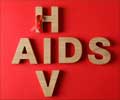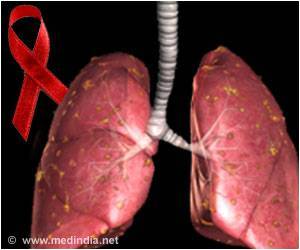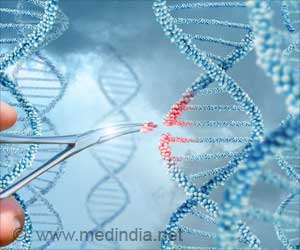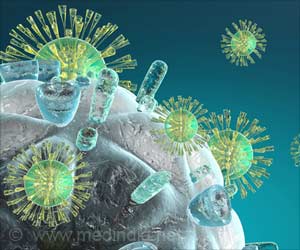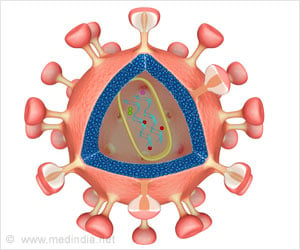
Prof. Robert Siliciano said, "Our results suggest that luring HIV out of hiding is winning only half the battle. We found that these pools of dormant virus carry mutations that render HIV invisible to the very immune cells capable of disarming it, so even when the virus comes out of hiding, it continues to evade immune detection."
The research team analyzed blood samples from 25 patients with HIV, out of which 10 had begun therapy very soon after infection, and 15 had started the drugs only when the virus had spread to a chronic stage. They discovered that subjects who had been early initiators of therapy had holdout virus with almost no mutations; and those who had begun therapy later had virus that was highly altered, it was loaded with ‘escape mutations’ which made it undetectable to immune sentinels. But, even in this highly mutated state, the virus had retained a tiny bit of its original viral protein.
Scientists took uninfected immune cells and exposed them to HIV that was either mutated or had the conserved, non-mutated form. The cells were then exposed to infected cells taken from patients with the now-notorious escape mutations. They found that immune cells that had been previously primed with the conserved virus were able to kill 61 percent of these infected cells; and cells primed only with mutant HIV responded weakly, eliminating only 23 percent of the infected cells.
Siliciano said, "It's as if the immune system had lost its ability to spot and destroy the virus, but priming killer T cells that recognize a different, non-mutated portion of HIV's protein reawakened that natural killer instinct."
Sharon Lewin, director at the Doherty Institute for Infection and Immunity said, "All up, this study has shown us that we will need an additional boost to the immune system to clear virus released from the reservoir. The encouraging finding was that the immune system could be boosted or trained to respond to the hidden virus. The more sobering finding was that the retraining still didn't give the cells the power to eliminate the reservoir."
Advertisement
The research is published in the journal Nature.
Advertisement


